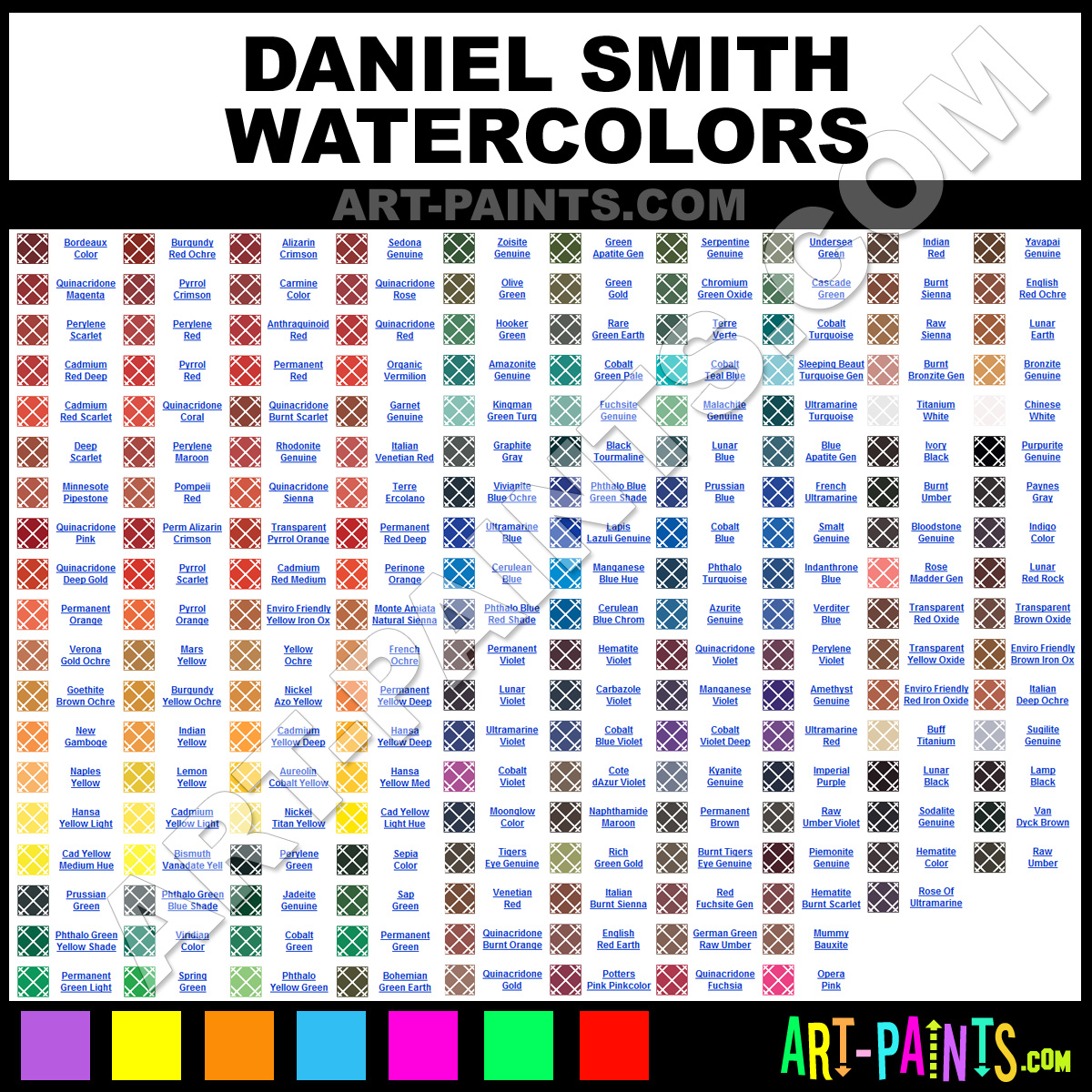
* To learn more about what these letters and numbers mean, see my post here. However, when partnered in a painting with other blues like standard Cobalt (PB28) or Indanthrone (PB60) or when charged with a bold color like Quin Violet or Rose (PV19), I think Cerulean lends a nice contrast and softening feature that I’ve yet to find in any other blue. Cerulean's soft appearance and satiny textures can create lovely color and depth in elements like skies and shadows-at least when diluted and used sparingly.īecause this is not a pigment that tends to looks great in masstone! Many Cerulean watercolors can appear rather dull or chalky, especially when used alone. However, Cerulean is actually one of my favorite colors to use in a sky like in the swan painting featured above.

Because of this, I find the popular phrase “cerulean skies” a bit funny because it seems contrary to paint an opaque, granular sky.

Most tubes of Cerulean watercolor currently on the market are formulated from either PB35 or PB36.* Both of these blue pigments are oxidized from cobalt-cobalt tin oxide (PB35) or cobalt chromium oxide (PB36)-so you may occasionally find watercolors using "cerulean" pigments labeled as Cobalt Chromium, Cobalt Azure, Cerulean Oxide, Cobalt Light, etc.Ĭerulean pigments are rather opaque and granulating. I use very few granulating colors but Cerulean is one that has a permanent spot in my palette. Cerulean blue is a popular choice for watercolor palettes, including my own.


 0 kommentar(er)
0 kommentar(er)
